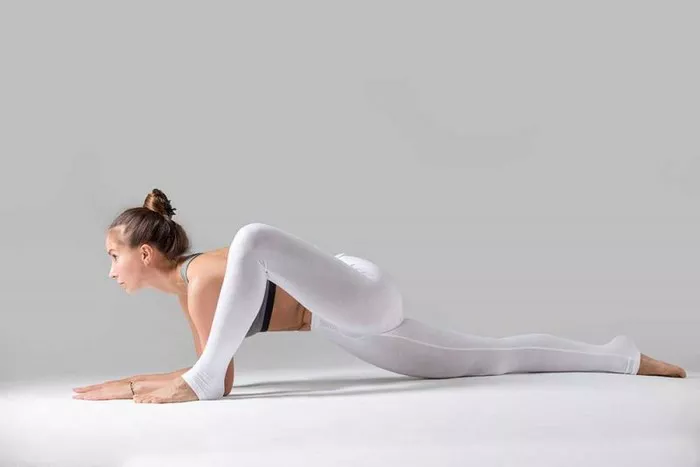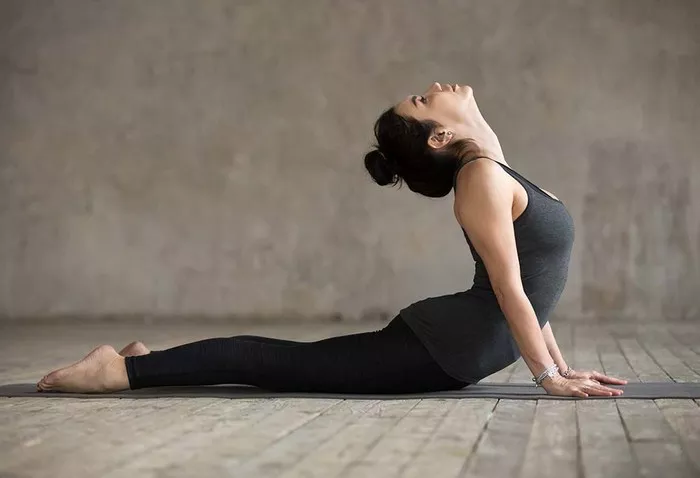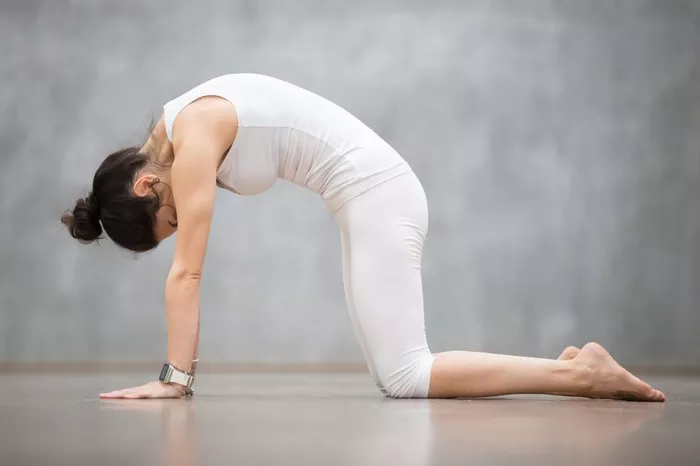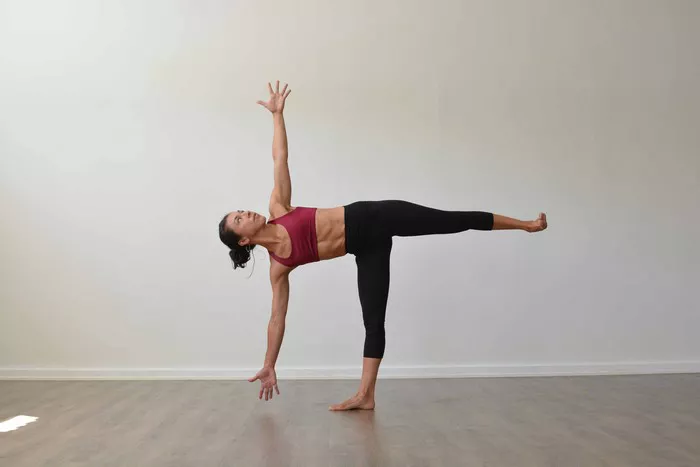Kundalini Yoga is one of the most dynamic and transformative forms of yoga practice, drawing upon both physical movement and deep spiritual energy. Known for its powerful methods and ability to elevate consciousness, this practice has become increasingly popular worldwide. But what does it actually feel like to practice Kundalini Yoga? What can you expect from a class, and how does it differ from other styles of yoga?
In this article, we will explore the sensory, emotional, and energetic experience of practicing Kundalini Yoga, discussing its unique components, what sensations practitioners might encounter, and how the practice can deeply impact one’s overall well-being.
What is Kundalini Yoga?
Before diving into the experience of Kundalini Yoga, it’s important to understand what it is. Kundalini Yoga is a spiritual practice that combines dynamic breathing techniques, chanting, movement, and meditation to awaken the dormant spiritual energy (Kundalini) within each person. According to ancient yogic traditions, this energy resides at the base of the spine, coiled like a serpent, and can be awakened through the practice of specific techniques.
This practice was introduced to the West in the late 1960s by Yogi Bhajan, who emphasized its power to facilitate healing, personal growth, and spiritual awakening. Kundalini Yoga is often referred to as the “Yoga of Awareness,” because it helps practitioners increase their self-awareness and expand their consciousness.
Unlike other forms of yoga that focus primarily on physical postures (asanas), Kundalini Yoga places a strong emphasis on the awakening of the energetic body and the raising of consciousness through breathwork (pranayama), mantras, meditation, and physical movement.
The Sensory Experience: What It Feels Like to Practice Kundalini Yoga
Kundalini Yoga is an intensely experiential practice. Many practitioners describe the sensation of practicing it as an energetic, spiritual, and physical journey, each class offering a unique experience.
1. Initial Immersion: A Sense of Calm and Focus
As you step onto the mat and begin a Kundalini Yoga class, you may immediately notice the difference from other yoga styles. The class often starts with a few minutes of tuning in, which involves chanting a mantra to center yourself and connect with the higher consciousness. This practice helps prepare the mind and body for the experience ahead.
This first stage tends to be calming. You might feel a deep sense of stillness as the energy shifts within your body. The breathwork and meditation help calm the mind, allowing you to release the stresses and distractions of daily life. There’s often a deep sense of grounding during this time, as if you’re being rooted into the present moment.
2. The Body Awakens: Movement and Energy Flow
Kundalini Yoga includes a variety of physical postures, often performed in a series called kriyas. Kriyas are specific combinations of movement, breath, and sound designed to achieve particular outcomes, such as clearing blockages in the body or stimulating the energetic channels.
As you move through the postures, you may feel a heightened awareness of your body, along with sensations of heat or lightness. Some postures are dynamic and rhythmic, such as the “frog pose” or “spinal flex,” which are designed to activate energy centers along the spine. The repetitive movement combined with controlled breathing can lead to the feeling of energy flowing more freely through your body. This is often described as an electrifying sensation, where the body feels lighter, more open, and increasingly aware.
3. Breathwork: Pranayama and Its Effects on the Nervous System
The breathing techniques in Kundalini Yoga are an essential part of the experience, and they can lead to profound shifts in your state of being. One of the most common techniques used is “Breath of Fire” (a rapid, rhythmic breath through the nose), which is known to activate the solar plexus and energize the entire body.
In combination with movement, this breathing technique can cause a sense of inner heat to build up, known as “tapas” (or internal heat). Some practitioners may experience this as warmth radiating from the core, with sensations of tingling or lightness moving through the limbs. The faster pace of breathwork is designed to increase energy and alertness, but it can also stimulate emotional releases, clearing tension and promoting deep relaxation.
Another breathing technique often used is the “long deep breath,” which brings a sense of peace and stillness. Many practitioners describe feeling calm and deeply centered after engaging in these breathing exercises, almost as if the breath has unlocked a new level of awareness within.
4. The Role of Sound and Mantras: Vibration and Healing
Sound is a powerful aspect of Kundalini Yoga, and it plays a key role in shifting consciousness. In class, you may engage in chanting mantras, which are repeated sacred sounds that carry energetic frequencies. The most famous mantra used in Kundalini Yoga is “Sat Nam,” meaning “I am truth” or “Truth is my identity.”
The vibration of the mantra can produce a calming and almost hypnotic effect, especially when chanted repeatedly. Many practitioners report feeling a deep connection to the universal energy and a sense of union with the divine. The sound vibrations may resonate through your body, helping you release stored emotions and create a sense of harmony.
Some people experience a physical sensation of sound in their chest or head when chanting, as if the energy of the sound is flowing through their body. Others may have a more mental or emotional experience, feeling connected to something larger than themselves or experiencing profound emotional shifts during mantra chanting.
5. Emotional and Energetic Shifts: Awakening the Kundalini Energy
One of the most striking aspects of Kundalini Yoga is the profound emotional and energetic shifts that can occur during practice. As the practice works on awakening the dormant Kundalini energy at the base of the spine, you may experience a wide range of sensations — from joy, peace, and clarity to deep emotional releases such as crying, laughter, or feelings of bliss.
The awakening of Kundalini energy can sometimes bring up suppressed emotions and memories. While this process can be intense, it is considered a natural part of the journey, as this energy moves through the chakras, clearing blockages and releasing old emotional patterns. Some practitioners describe moments of deep emotional catharsis during or after a class, feeling a sense of liberation and relief after the release of pent-up emotions.
Physically, some practitioners report feeling light-headed or a sense of tingling throughout the body as the energy rises. There may also be moments of heightened sensitivity, where colors appear more vivid or sounds seem more intense.
On a deeper level, Kundalini Yoga can foster a sense of spiritual awakening, leading some to feel a profound connection with their higher self or the universe. These experiences can be transcendental in nature, with many practitioners describing feelings of bliss, inner peace, and oneness with all that exists.
6. The Aftereffects: A Sense of Deep Peace and Clarity
After a Kundalini Yoga session, you may feel a mix of sensations — from an overwhelming sense of calm and peace to an exhilarating sense of clarity and connection. The energy released during the class often lingers long after the physical practice is complete, leaving many practitioners with an afterglow of heightened awareness and emotional stability.
Many people report feeling lighter, more centered, and more grounded after Kundalini Yoga, with a renewed sense of purpose and clarity in their lives. Others feel energized and motivated, with a greater sense of mental clarity and creativity. This post-practice feeling is often described as a form of emotional and spiritual rejuvenation.
However, it’s important to note that not every experience is the same. Some practitioners may feel deeply relaxed, while others may feel emotionally unsettled as they process the energy that has been stirred. This is why Kundalini Yoga is often considered a profound and personal journey — each class can bring about different experiences, depending on where you are on your path.
What Does Kundalini Yoga Do for the Mind, Body, and Spirit?
Kundalini Yoga offers a variety of benefits for the mind, body, and spirit. These effects may become more apparent over time as you continue with the practice.
Physical Health: The physical movements in Kundalini Yoga help increase flexibility, strength, and endurance, while also promoting overall physical health. The energetic movements stimulate the nervous system, improve circulation, and release tension in the body.
Mental Clarity: The focus on breathwork and meditation helps calm the mind and promote mental clarity. The practice can help you better manage stress, reduce anxiety, and improve emotional resilience.
Emotional Healing: Kundalini Yoga is a powerful tool for emotional healing, as it helps clear stagnant energy and release emotional blockages. It can bring up deep emotions for healing and help you develop a more balanced, peaceful relationship with your feelings.
Spiritual Growth: On a deeper level, Kundalini Yoga can lead to significant spiritual growth. As the energy rises through the chakras, you may experience greater awareness, deeper self-knowledge, and a sense of unity with the universe.
Final Thoughts
Kundalini Yoga is an incredibly powerful and transformative practice, offering a holistic approach to health, well-being, and spiritual awakening. The feelings you experience during and after a class can vary, but they all contribute to the ultimate goal of elevating your consciousness and bringing you closer to your true self.
Whether you are seeking physical health, emotional healing, or a deeper spiritual connection, Kundalini Yoga has the potential to profoundly impact your life. If you’re curious about what Kundalini Yoga feels like, the only way to truly know is to experience it yourself. Every class is an opportunity for self-discovery, healing, and awakening — a journey that unfolds uniquely for each practitioner.
Related Topics:

















